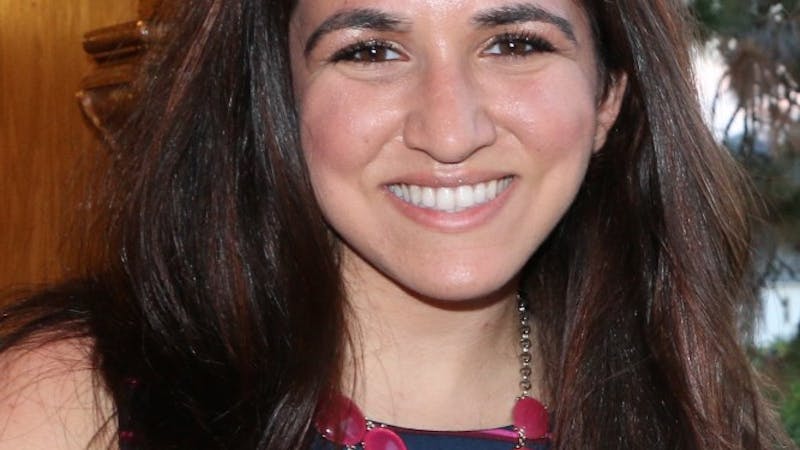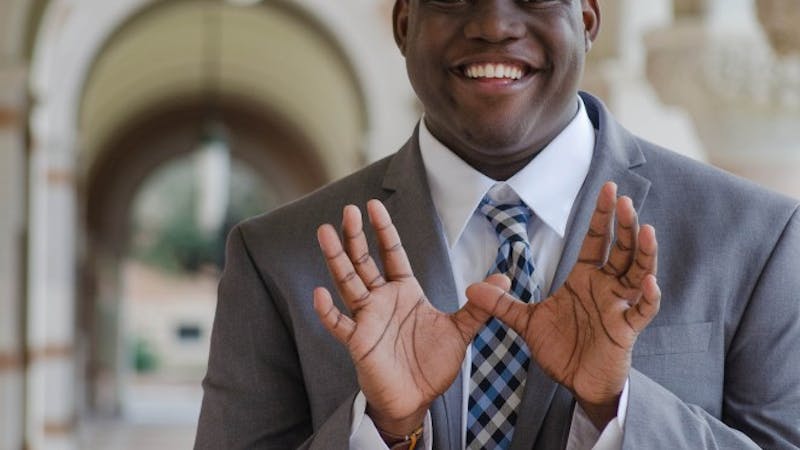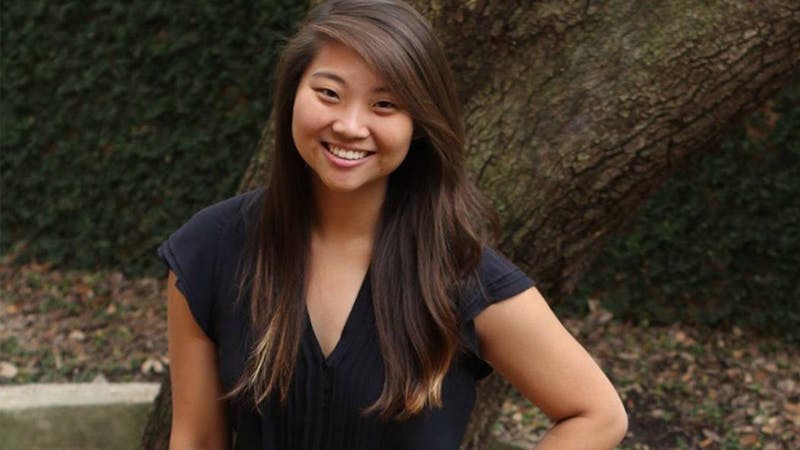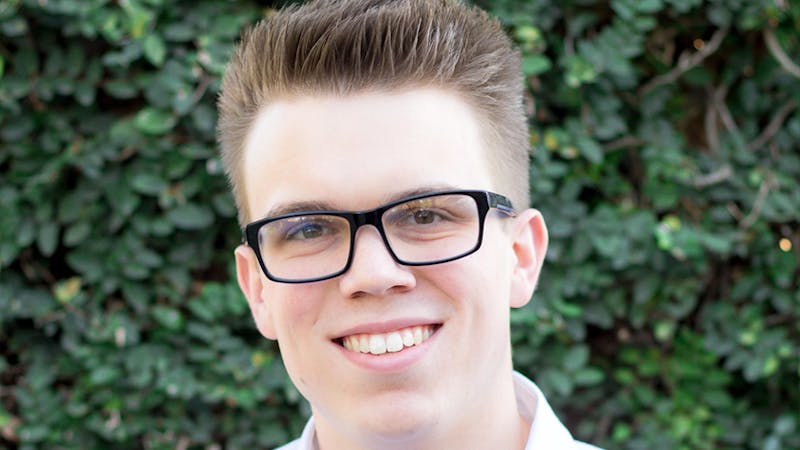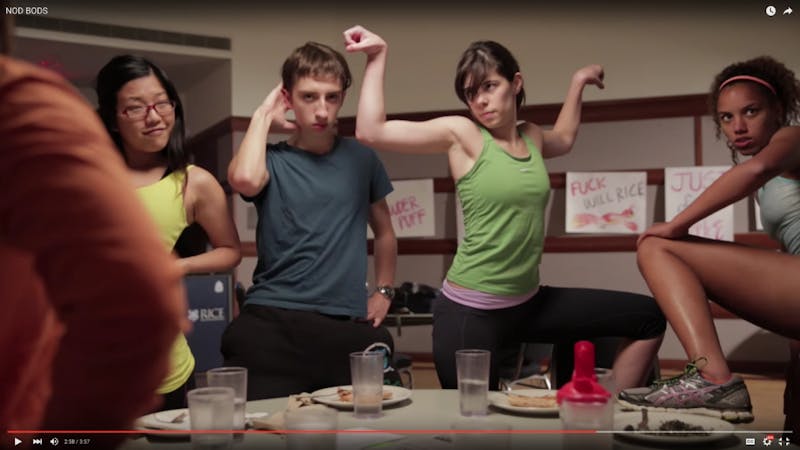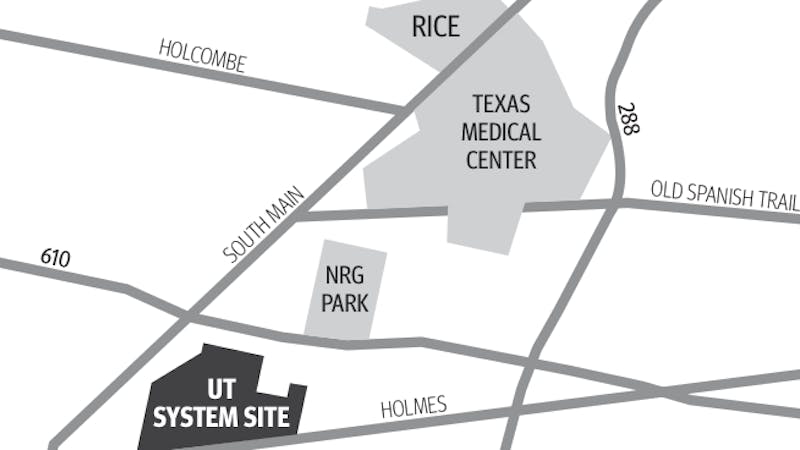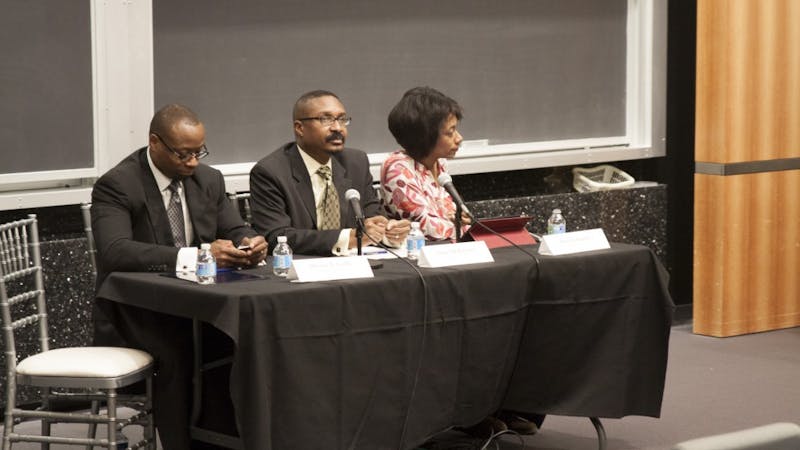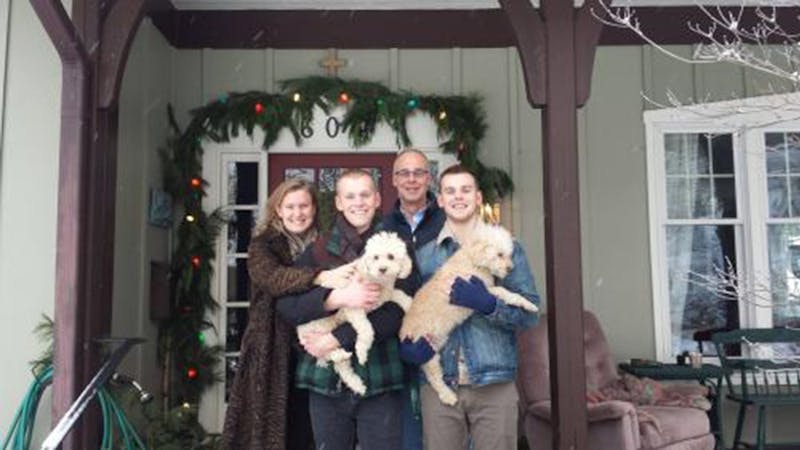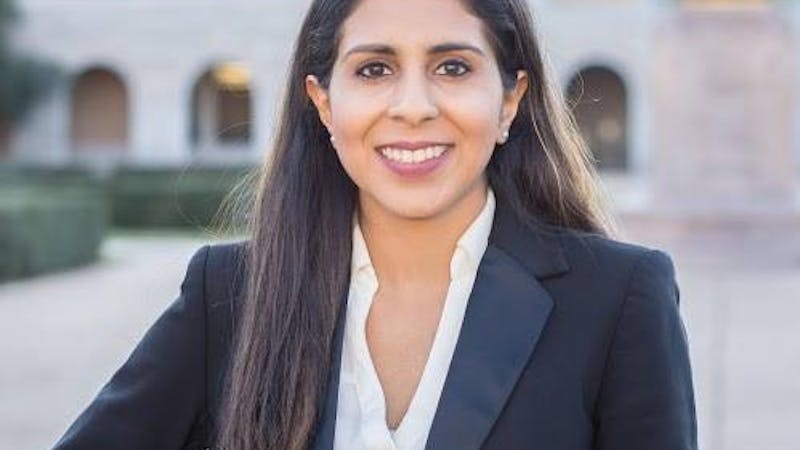
Unopposed IVP candidate Komal Luthra plans academic, leadership initiatives
Komal Luthra’s platform features a strong academic focus. As current chair of the Academic Committee, she has focused on getting students more involved inside and outside the classroom. She described two of the committee’s goals: encouraging communication between students and professors outside of class time and eventually creating a used book exchange event to supplement online postings through Facebook groups.

